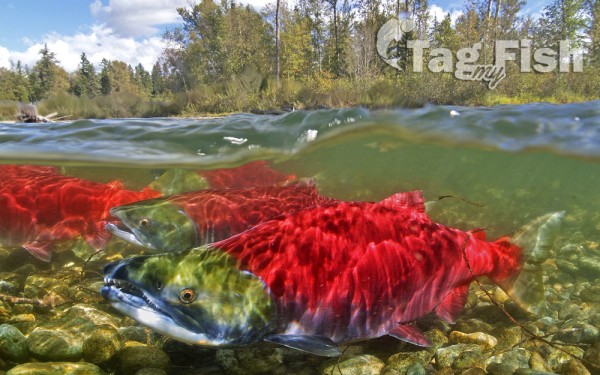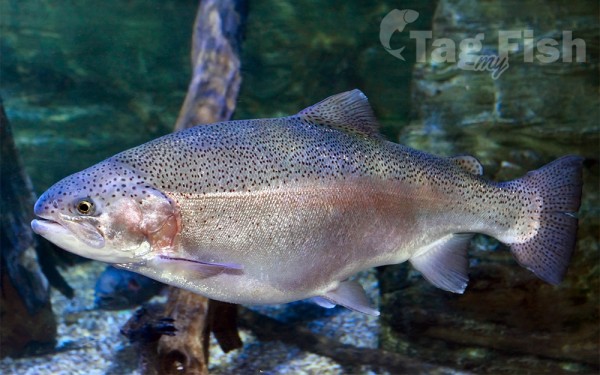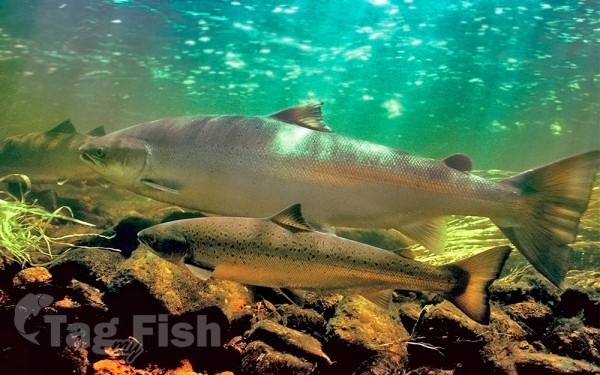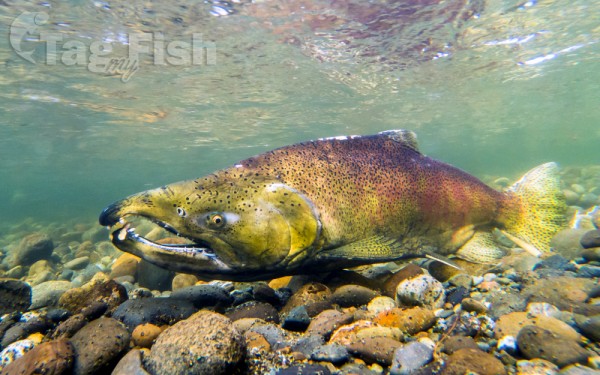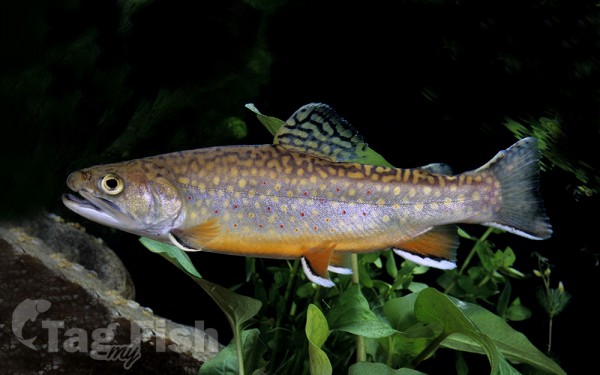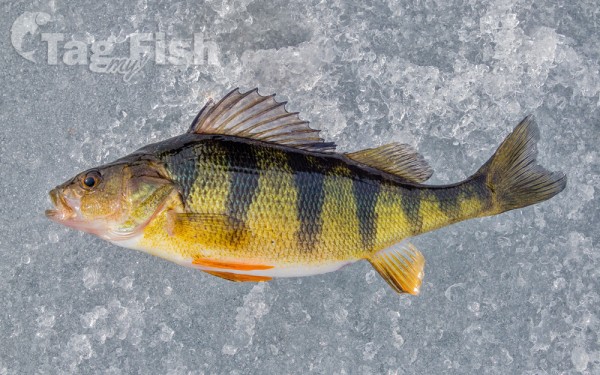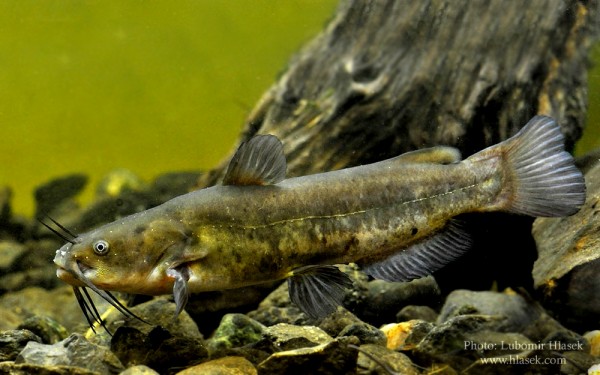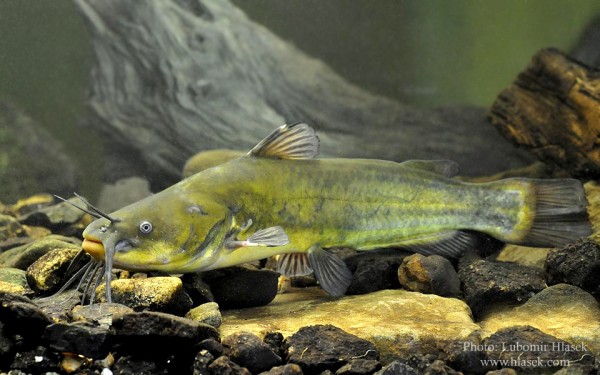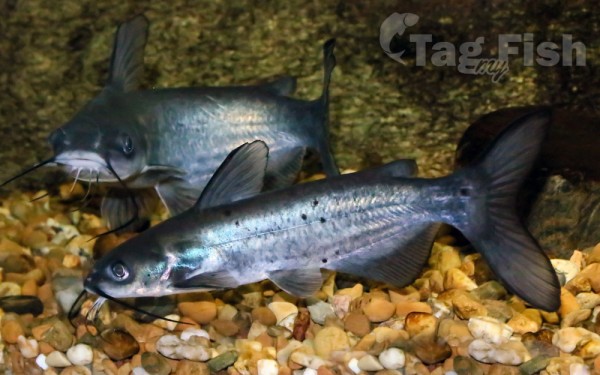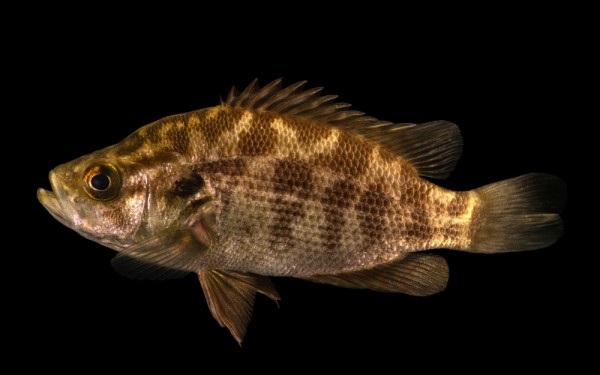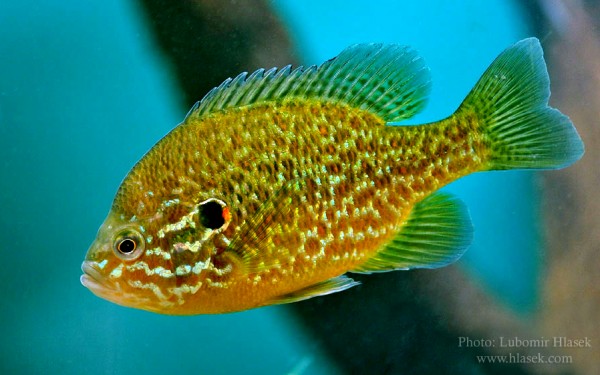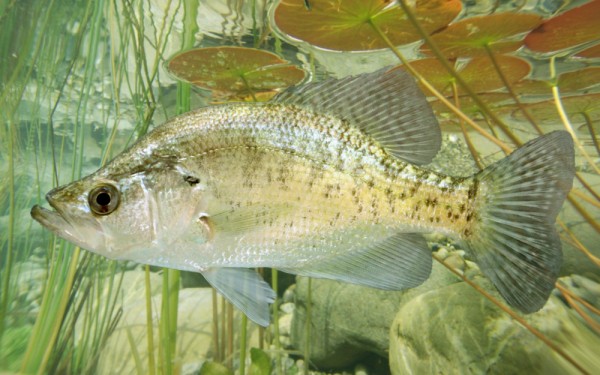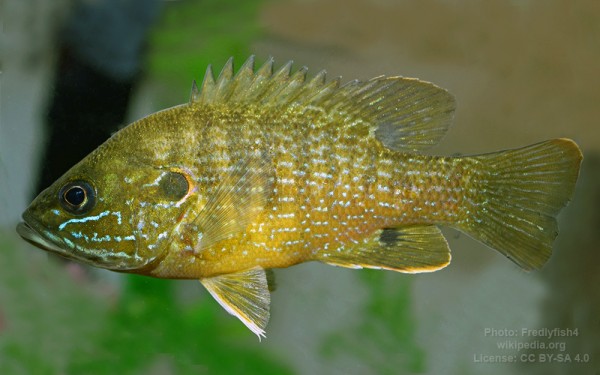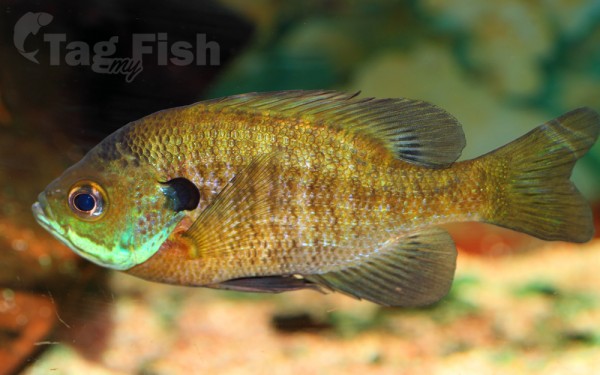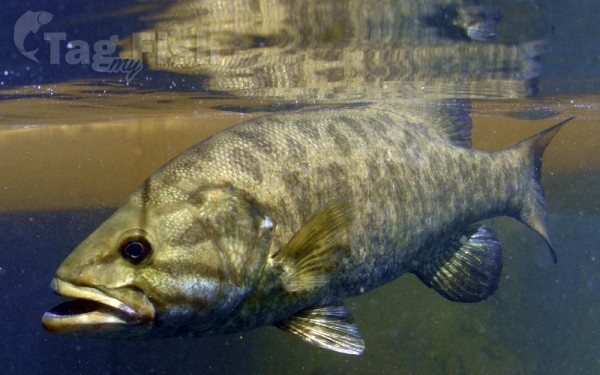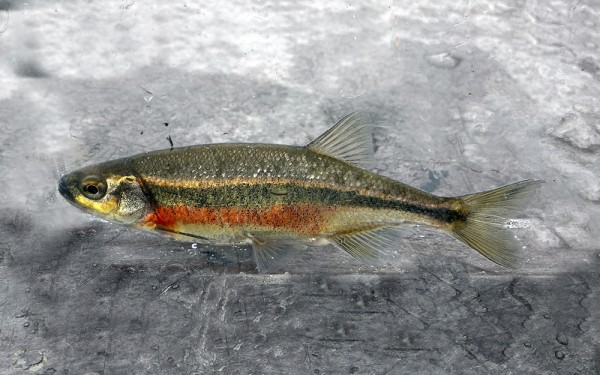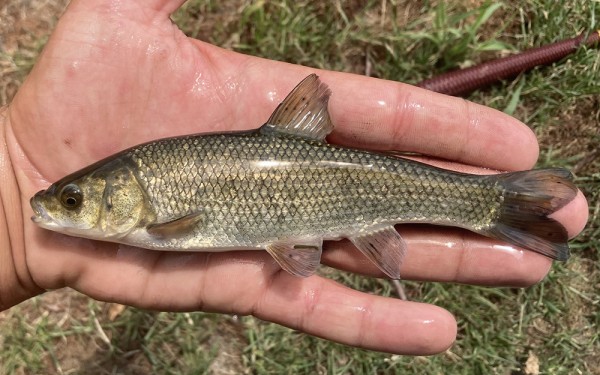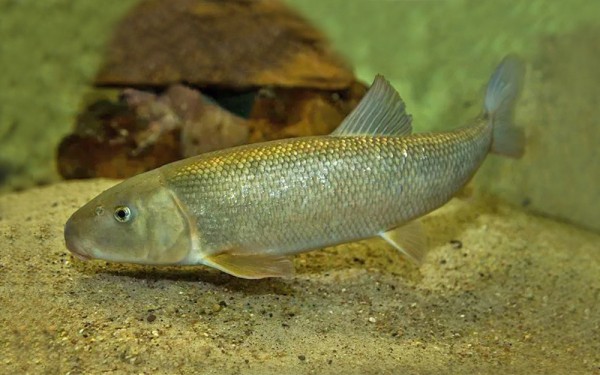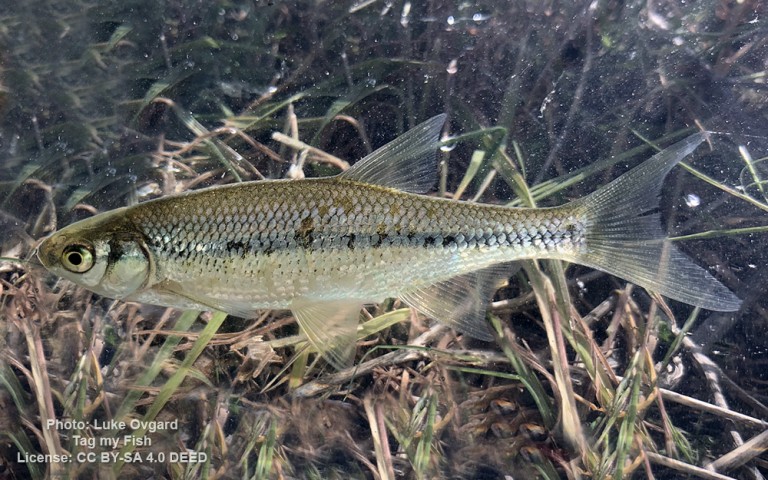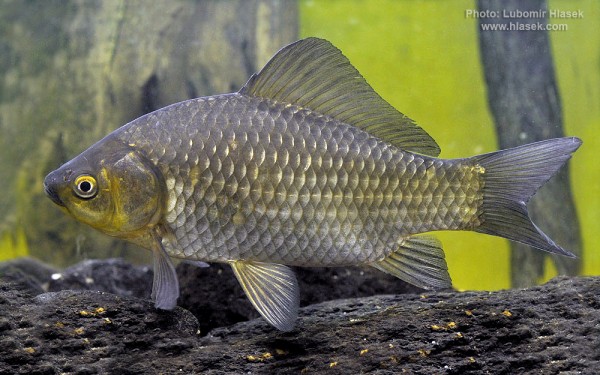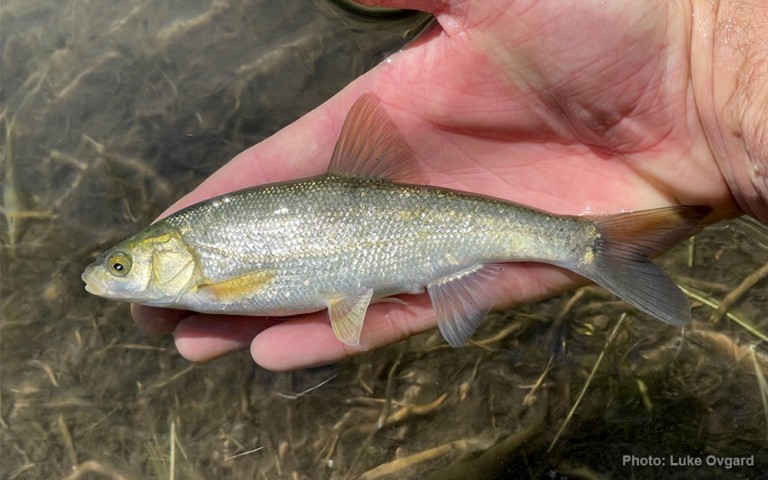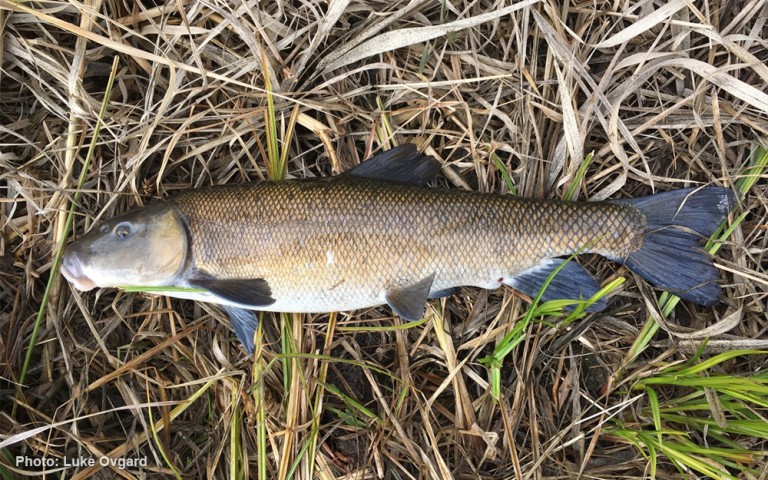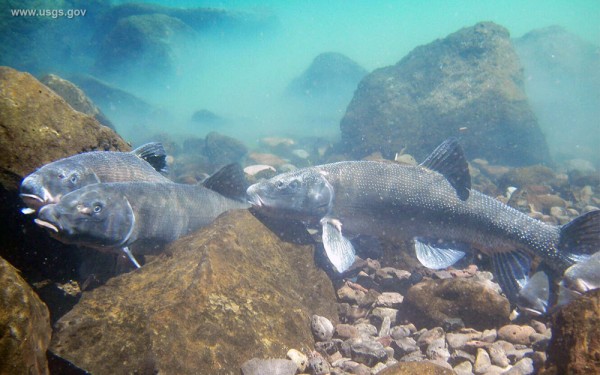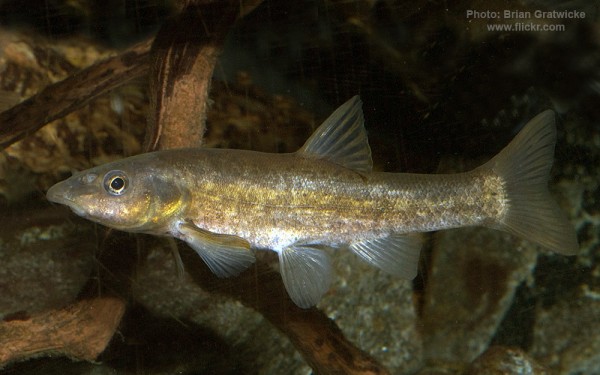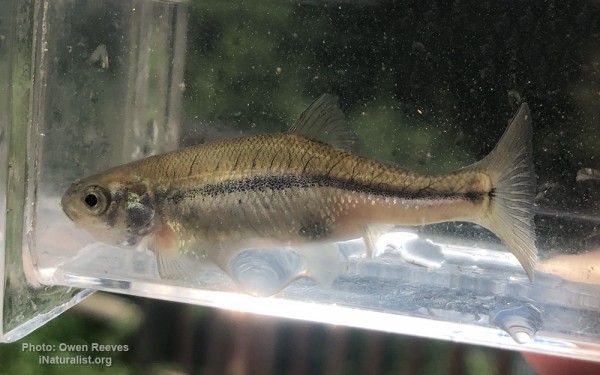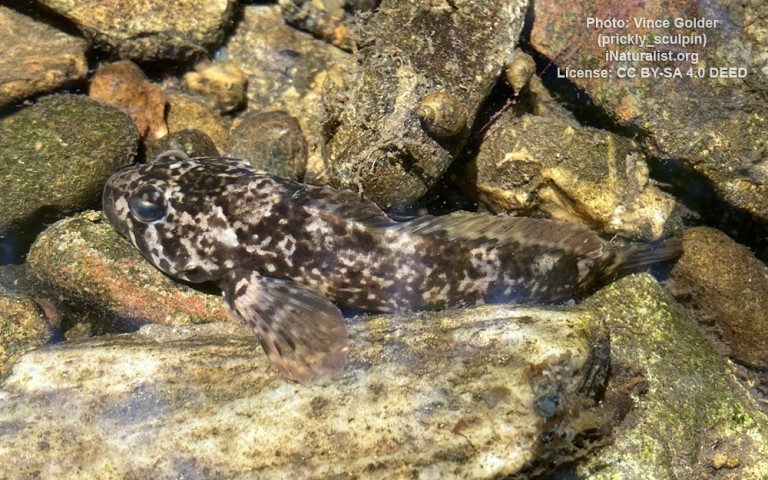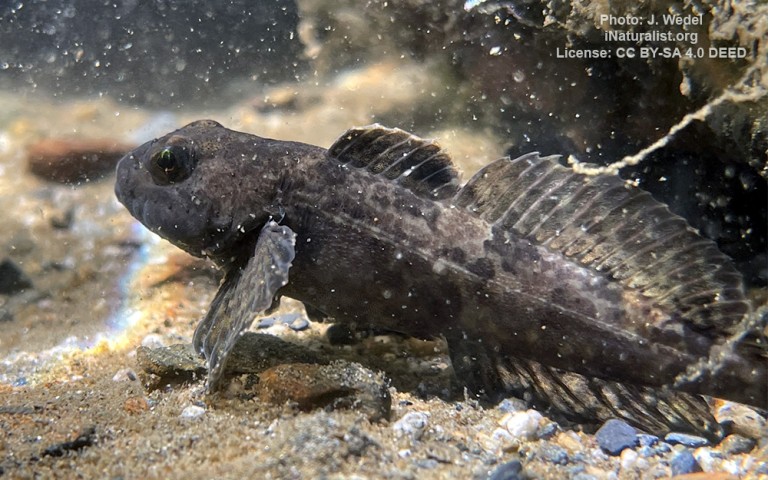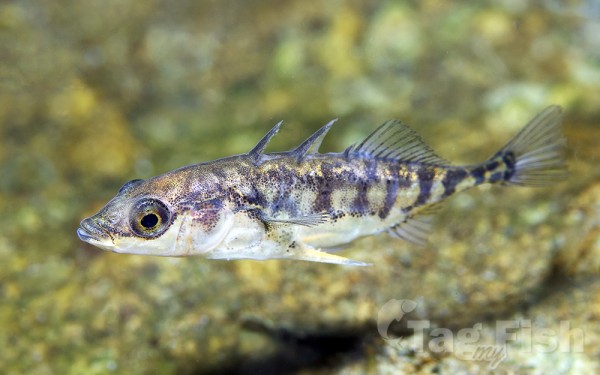Crater Lake (Oregon)

Salmoniformes - Salmons and Trouts
Salmoniformes - Salmons and Trouts
Perciformes - Perches
Siluriformes - Catfishes
Centrarchiformes - Basses and sunfishes
Cypriniformes - Carps
Scorpaeniformes - Mail-cheeked fishes
Gasterosteiformes - Sticklebacks
Salmoniformes - Salmons and Trouts
Perciformes - Perches
Siluriformes - Catfishes
Centrarchiformes - Basses and sunfishes
Cypriniformes - Carps
Scorpaeniformes - Mail-cheeked fishes
Gasterosteiformes - Sticklebacks
Crater Lake (Klamath: Giiwas) is a volcanic crater lake in south-central Oregon in the Western United States. It is the main feature of Crater Lake National Park and is famous for its deep blue color and water clarity. The lake partly fills a 2,148-foot-deep (655 m) caldera that was formed around 7,700 (± 150) years ago by the collapse of the volcano Mount Mazama. No rivers flow into or out of the lake; the evaporation is compensated for by rain and snowfall at a rate such that the total amount of water is replaced every 250 years. With a depth of 1,949 feet (594 m), the lake is the deepest in the United States. In the world, it ranks tenth for maximum depth, as well as third for mean (average) depth.
The lake and surrounding park areas offer many recreational activities, including hiking, biking, snowshoeing, fishing, and cross-country skiing, and during the summer, campgrounds and lodges at Crater Lake are open to visitors.
